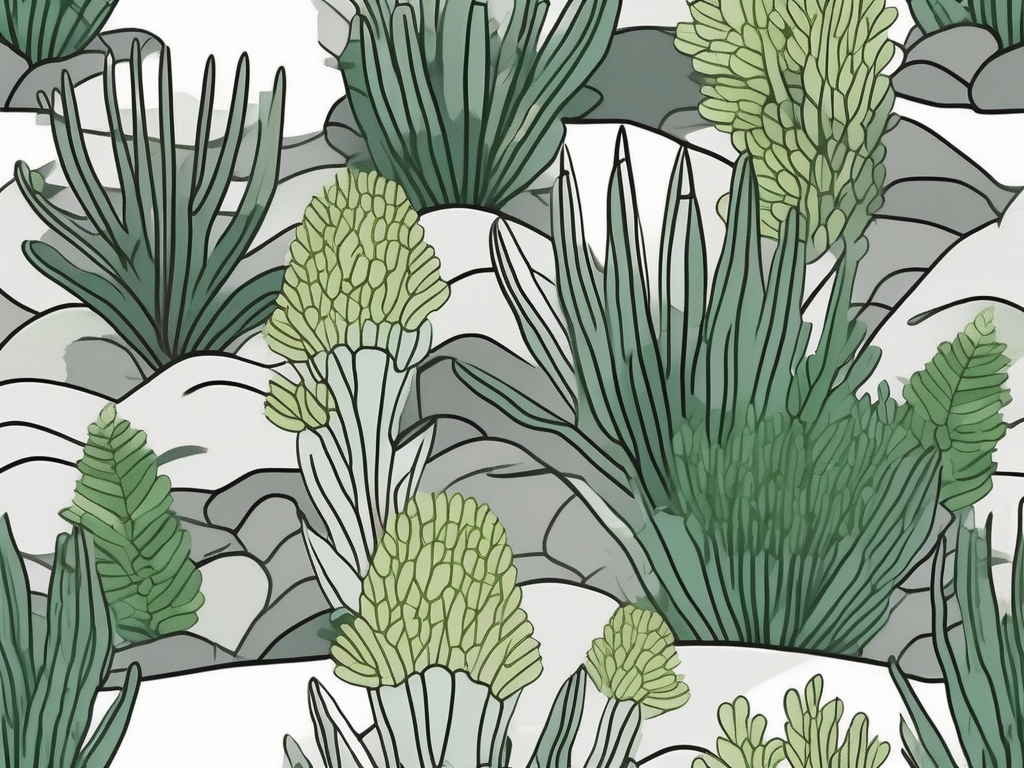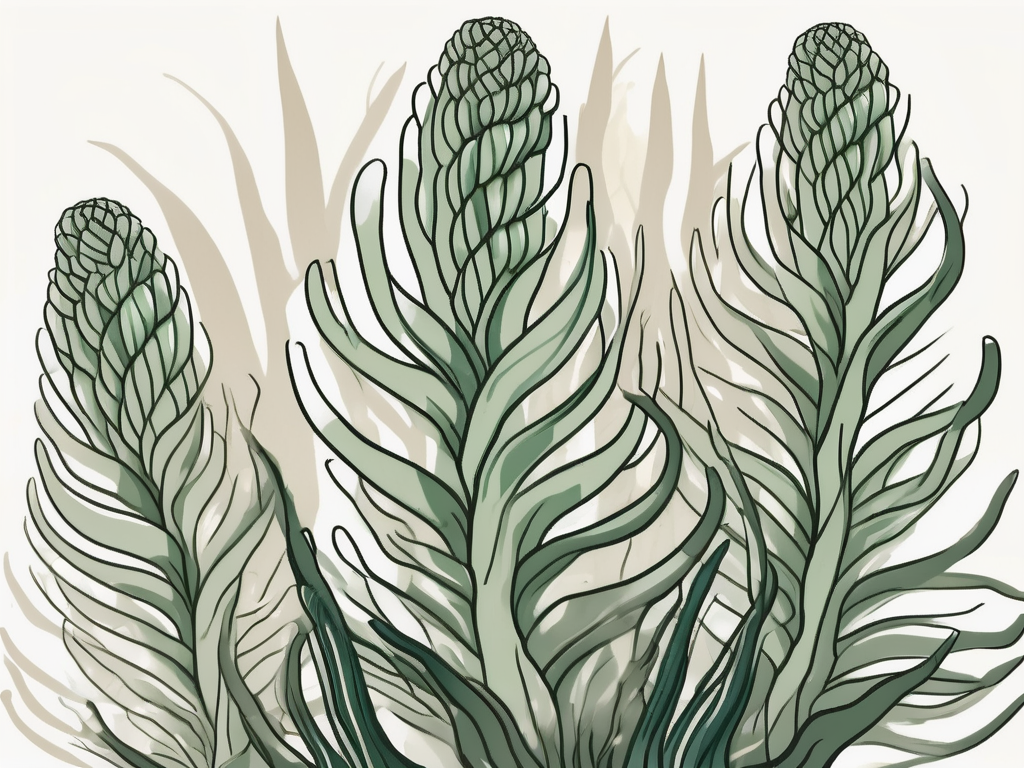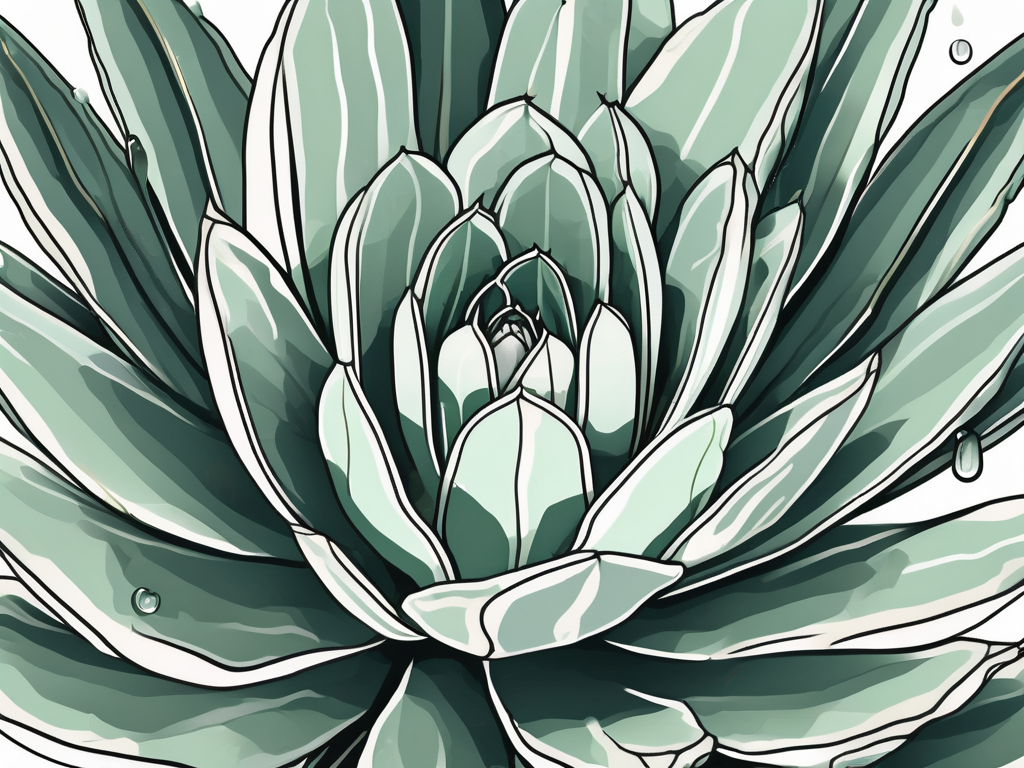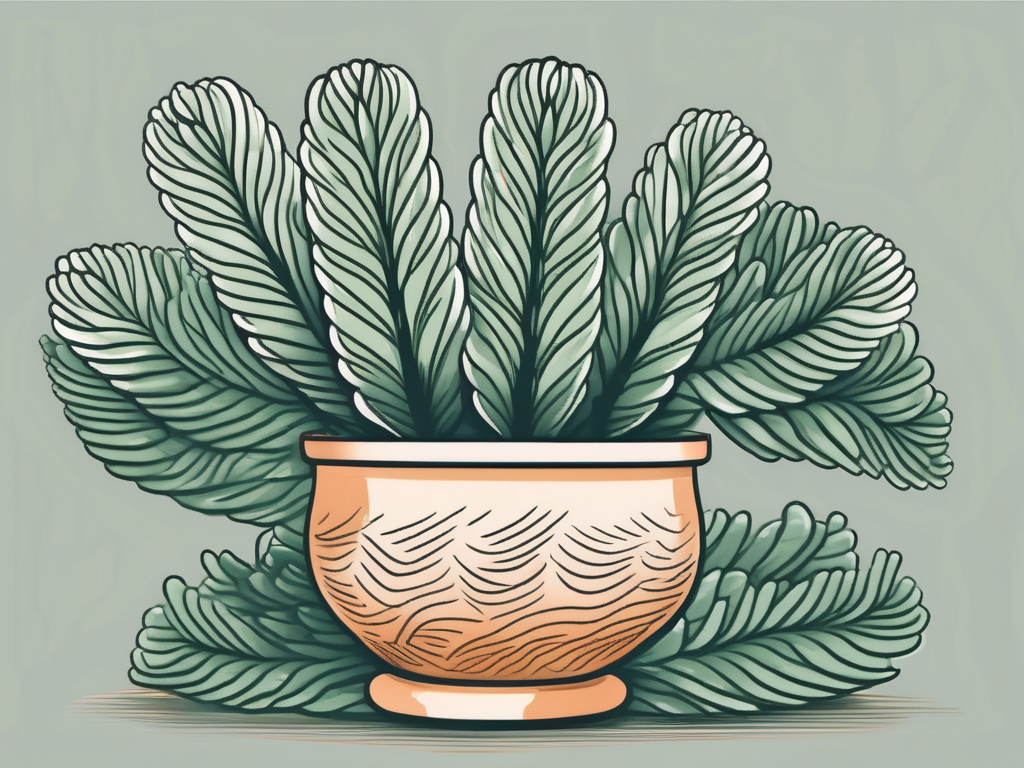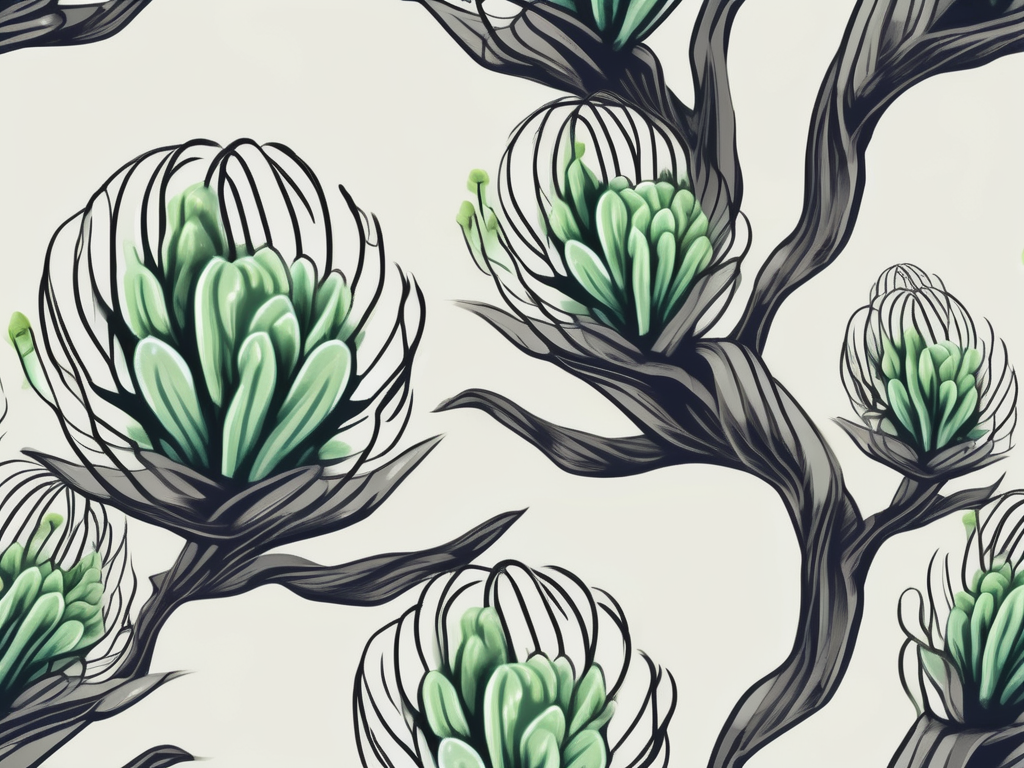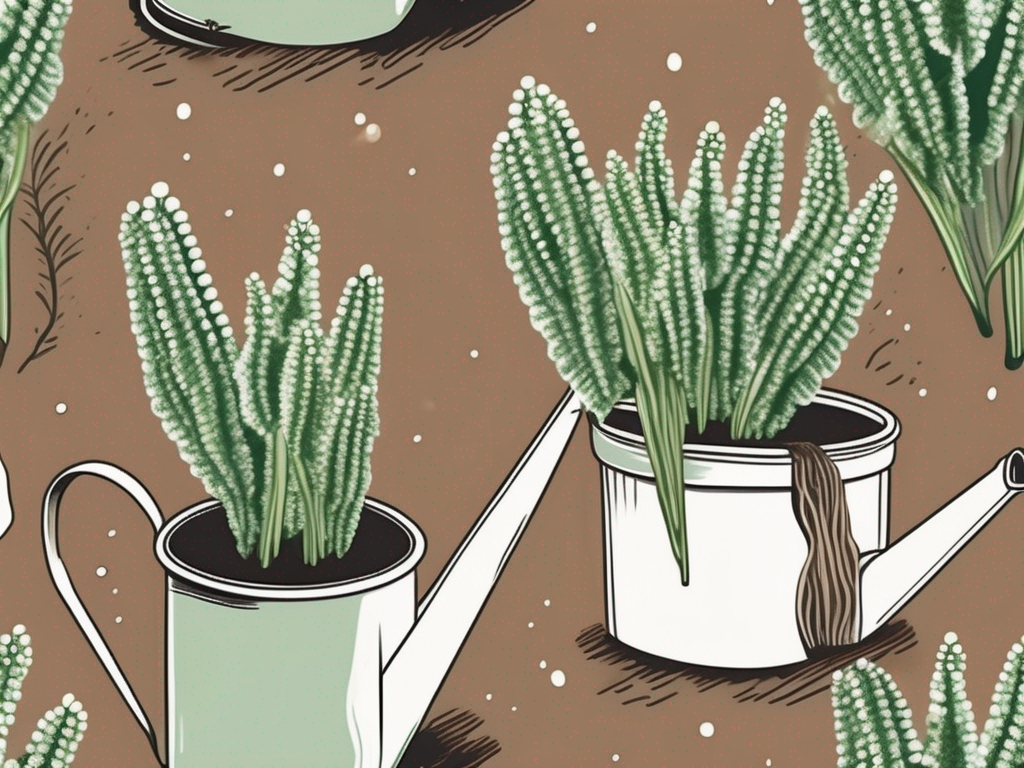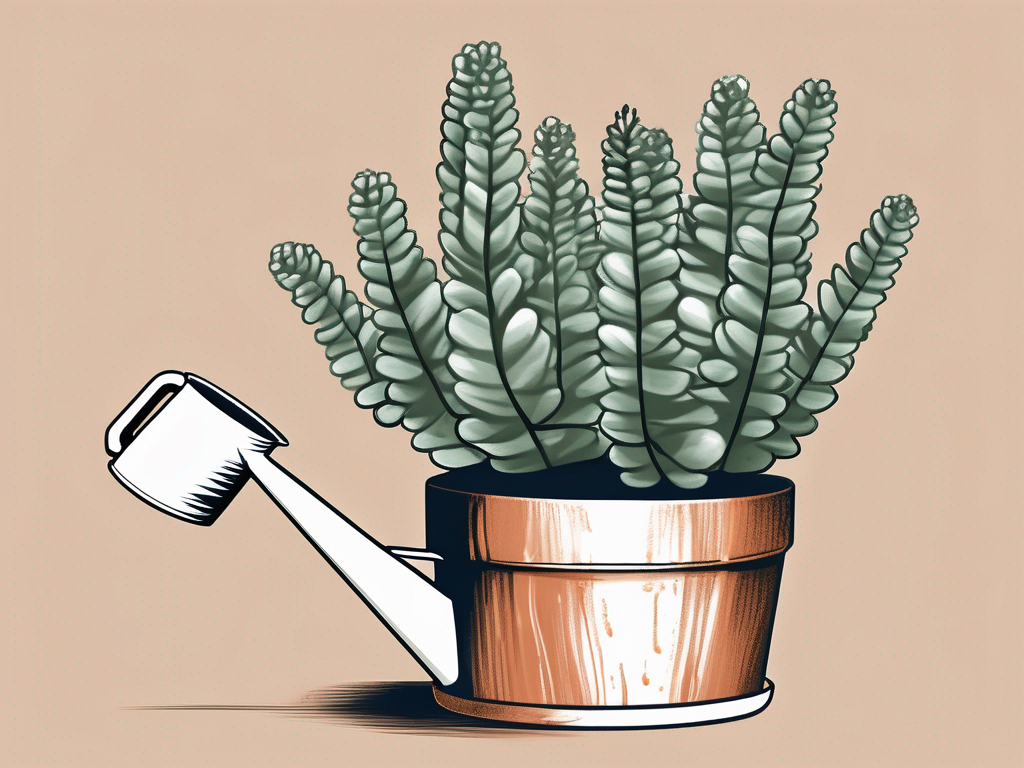
Have you ever been charmed by the cascading, plump leaves of the Burro's Tail? This delightful succulent is as intriguing as it is beautiful, and its scientific name holds a world of information that might surprise you. Whether you're a novice plant parent or a seasoned green thumb, understanding the scientific names of your favorite plants can deepen your appreciation and knowledge.
In this article, we'll uncover the scientific name of Burro's Tail and delve into its significance. From taxonomy and plant classification to practical tips for caring for this unique succulent, we'll cover it all. So, if you've ever wondered about the botanical world behind your beloved Burro's Tail, you're in the right place!
What Is the Scientific Name of Burro's Tail?
First things first, the Burro's Tail isn't just a whimsical name—it has a scientific counterpart that carries more than just a label. The Burro's Tail is scientifically known as Sedum morganianum. This name might sound like a mouthful, but it's rooted in a system that helps us understand a plant's origins, characteristics, and relations to other plants.
Why does this matter? Well, knowing a plant's scientific name is like having its unique identifier in the vast world of flora. It helps gardeners, botanists, and plant lovers communicate about specific plants without confusion. For example, the common name "Burro's Tail" might be used for different plants in various regions, but Sedum morganianum is universally recognized.
This name is derived from Latin, a tradition in the scientific community to use a universal language for naming species. The genus Sedum is a large group of succulents, known for their resilience and adaptability, while the species name morganianum honors the person who discovered or classified the plant. In this case, it’s a nod to botanist Eric Morgan.
Understanding the naming helps us appreciate the plant's history and its place in the botanical hierarchy. It's like getting to know the family tree of your favorite houseplant!
The Story Behind the Name
Every plant has a story, and the Burro's Tail is no exception. The origin of Sedum morganianum is as fascinating as its cascading growth habit. First documented in the early 20th century, this succulent was named in honor of Eric Walther, who was instrumental in introducing it to the horticultural community.
But why "Burro’s Tail"? The name is inspired by the way its stems grow. These long, trailing stems closely resemble the tail of a donkey or "burro" in Spanish. It's a fitting name, considering the plant's native habitat in southern Mexico, where donkeys are commonly used as pack animals.
Eric Walther, a botanist and plant explorer, was captivated by this plant's unique appearance and potential as a decorative houseplant. His work in promoting Sedum morganianum helped it gain popularity among plant lovers worldwide. Today, it's a staple in many indoor gardens, beloved for its lush, trailing stems and ease of care.
Knowing the story behind its name adds another layer to our connection with this plant. It's a reminder of the rich history and cultural significance woven into the world of horticulture.
The Botanical Breakdown: Genus and Species
The scientific name Sedum morganianum might seem complex, but breaking it down into its components can help you understand more about the plant you're nurturing. Let’s take a closer look at the genus and species:
- Genus: Sedum
- Species: morganianum
The genus Sedum encompasses a diverse group of succulents known for their thick, water-retaining leaves. These plants are incredibly adaptable, thriving in various climates and conditions. They’re often used in rock gardens, green roofs, and as ground cover due to their hardiness. In the home, Sedums are cherished for their low maintenance requirements and interesting textures.
The species name morganianum is specific to the Burro's Tail. It denotes a particular set of characteristics that differentiate it from other Sedums. This includes its trailing stems and dense, fleshy leaves that create a cascading effect. The leaves store water, a common trait among succulents, making it drought-tolerant and ideal for indoor environments.
Understanding the genus and species can guide you in providing the best care for your Burro's Tail. Whether it’s choosing the right soil mix or deciding on a watering schedule, this knowledge is a valuable tool in your plant care arsenal.
How to Care for Your Burro's Tail
Now that we’ve tackled the scientific side of things, let’s move on to some practical tips for keeping your Burro's Tail happy and healthy. This succulent is relatively low-maintenance, but a little know-how goes a long way:
- Light: Place your Burro's Tail in a bright spot, ideally with indirect sunlight. While it can tolerate some direct sun, too much can scorch the leaves. A south or east-facing window is often perfect.
- Water: Like most succulents, Burro's Tail prefers to dry out between waterings. Water thoroughly, allowing excess to drain, and wait until the soil is completely dry before watering again. Overwatering is a common issue, so when in doubt, it's better to underwater than overwater.
- Soil: Use a well-draining cactus or succulent mix. You can also mix regular potting soil with sand or perlite to improve drainage. This helps prevent root rot, a common issue with poorly draining soils.
- Temperature: Keep your Burro's Tail in a warm environment, ideally between 65°F and 80°F (18°C and 27°C). It doesn't tolerate frost, so if you live in a colder climate, it's best to keep it indoors year-round.
- Humidity: This succulent is quite forgiving when it comes to humidity. Average indoor humidity levels are usually fine, but avoid placing it in overly humid areas like bathrooms.
By paying attention to these basic care needs, you'll ensure your Burro's Tail thrives and continues to add beauty to your space.
Common Challenges and Solutions
Even with the best care, Burro's Tail can face a few challenges. Knowing how to address these issues can keep your plant in top shape:
- Leaf Drop: One common concern is leaf drop, where leaves fall off the stems. This often happens when the plant is moved or bumped, as the leaves are quite fragile. To minimize leaf drop, place your plant in a stable location and handle it gently.
- Pests: While generally resistant to pests, Burro's Tail can occasionally attract mealybugs or aphids. If you notice these critters, a simple solution is to wipe them off with a cotton swab dipped in alcohol or spray the plant with a gentle insecticidal soap.
- Overwatering: As mentioned earlier, overwatering is a common issue. If the leaves become mushy or the plant starts to rot, reduce watering and let the soil dry out completely. You might also need to repot the plant in fresh, dry soil.
- Stretching: If your Burro's Tail starts to stretch or become leggy, it's likely not getting enough light. Move it to a brighter location, but be cautious of sudden changes that could stress the plant.
By addressing these challenges promptly, you can maintain a healthy, vibrant Burro's Tail that continues to enliven your home.
Incorporating Burro's Tail into Your Home Decor
Beyond its scientific and care aspects, the Burro's Tail is a fantastic addition to your home decor. Its trailing stems add a touch of greenery and elegance to any space. Here are some creative ways to showcase this succulent:
- Hanging Planters: One of the most popular ways to display a Burro's Tail is in a hanging planter. This not only highlights its trailing nature but also keeps it out of reach from curious pets or small children.
- Wall Shelves: Place your Burro's Tail on a high shelf where it can cascade down. This creates a striking visual effect and adds depth to your living space.
- Terrariums: If you're feeling adventurous, consider incorporating your Burro's Tail into a succulent terrarium. Just ensure there's adequate drainage and airflow to prevent moisture build-up.
- Table Centerpieces: For a more traditional approach, use the Burro's Tail as a centerpiece. Pair it with other succulents or decorative stones for a natural look.
With its distinctive appearance, the Burro's Tail complements various interior styles, from modern minimalism to rustic charm. Its versatility makes it a favorite among plant lovers looking to add a touch of nature to their decor.
Propagating Your Burro's Tail
One of the joys of owning succulents is the ability to propagate them and share the love with friends or expand your collection. Propagating a Burro's Tail is relatively straightforward and can be a rewarding experience. Here’s how you can do it:
Step-by-Step Propagation Guide
- Select Healthy Leaves: Choose plump, healthy leaves from the plant. Gently twist them off at the base, ensuring the entire leaf comes off without breaking.
- Let Them Callous: Allow the leaves to dry and callous over for a few days. This prevents rot when they’re placed in soil.
- Prepare the Soil: Use a well-draining cactus mix or a combination of potting soil and sand. Fill a shallow tray or pot with the soil.
- Place the Leaves: Lay the calloused leaves on top of the soil. You don’t need to bury them; just ensure good contact with the soil.
- Water Sparingly: Mist the soil lightly every few days, keeping it slightly moist but not wet. Overwatering can hinder root development.
- Wait for Roots and New Growth: After a few weeks, you should see roots forming and tiny new leaves emerging. Once the plantlets are established, you can transplant them into their own pots.
Propagation is a fantastic way to expand your plant collection or share this beautiful succulent with others. It’s a simple process that yields delightful results, bringing the joy of gardening full circle.
Why Knowing the Scientific Name Matters
You might wonder why we’ve spent so much time discussing the scientific name of this plant. Well, there are several reasons why it's beneficial to know the botanical names of your houseplants:
- Clear Communication: Scientific names eliminate confusion. While common names can vary by region or language, scientific names are universal, ensuring everyone talks about the same plant.
- Better Care Advice: When researching care instructions, using the scientific name can lead you to more accurate and reliable information tailored to that specific plant.
- Understanding Plant Relationships: Knowing the genus and species can help you understand how a plant might behave, its environmental needs, and its relationship to other plants.
- Cultural and Historical Insights: Scientific names often carry historical or cultural significance, providing insights into the plant's discovery and use throughout history.
So, while it might seem like a small detail, knowing the scientific name of your plants can enrich your gardening journey, making it both more informed and enjoyable.
The Role of Burro's Tail in Nature
While we've focused on the Burro's Tail as an indoor plant, it's also important to consider its role in the wild. In its native habitat in southern Mexico, this succulent plays a part in the local ecosystem:
- Pollinator Attraction: The small, star-shaped flowers of the Burro's Tail attract bees and other pollinators, contributing to the pollination of various plant species in the area.
- Soil Stabilization: Like many succulents, the Burro's Tail helps stabilize the soil with its root system, reducing erosion in its natural rocky terrain.
- Water Conservation: Its ability to store water in its leaves allows the plant to survive in arid conditions, demonstrating its adaptation to challenging environments.
Understanding the plant's role in nature not only deepens our appreciation for it but also serves as a reminder of the interconnectedness of all living things. Bringing a piece of this natural beauty into our homes connects us to the broader tapestry of life.
Final Thoughts
The Burro's Tail, or Sedum morganianum, is more than just a pretty plant. It's a testament to the beauty and resilience of nature, with a fascinating history and a unique place in the botanical world. By understanding its scientific name and caring for it thoughtfully, you can enjoy this succulent's charm for years to come.
At Cafe Planta, we’re passionate about helping you find and care for the perfect plants for your home. Whether you're looking for advice on plant care or searching for unique additions to your collection, we’re here to help. Feel free to reach out via email or connect with us on Instagram. Let’s bring a bit of green into every corner of your home! 🌿














